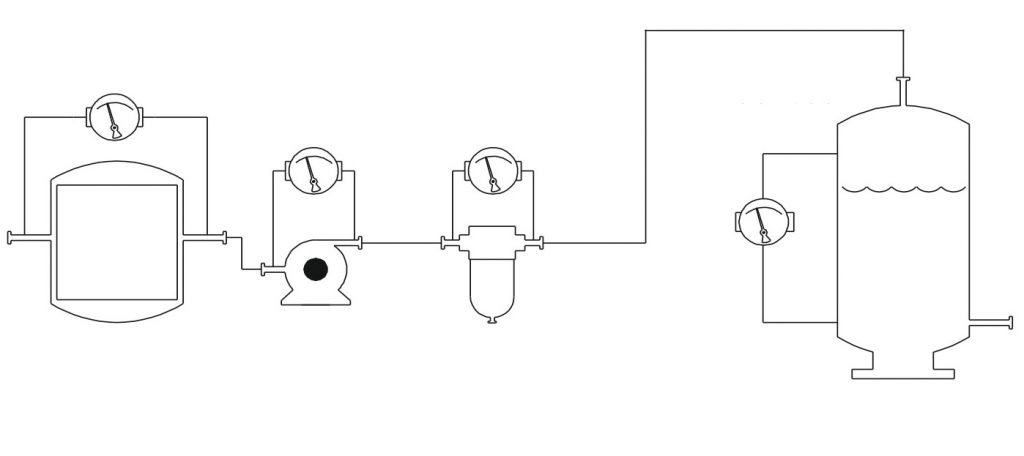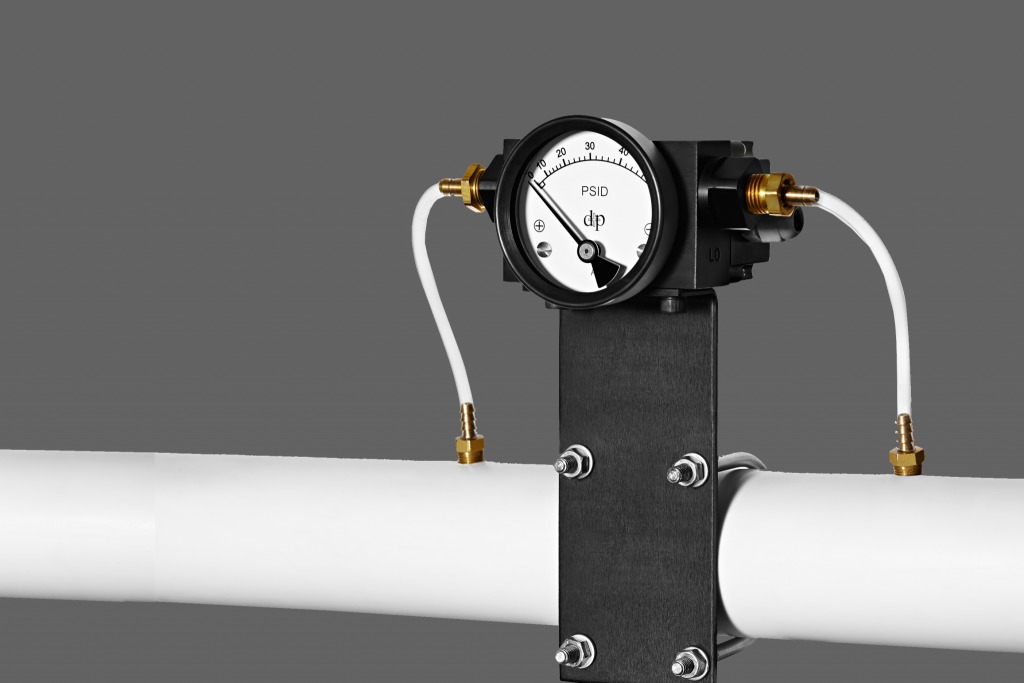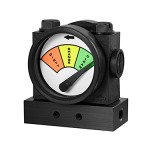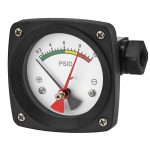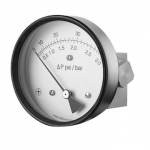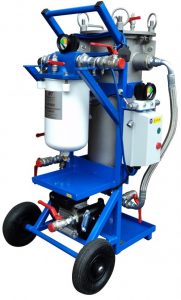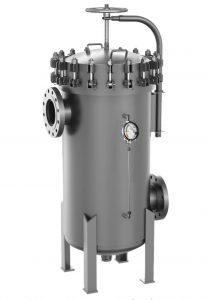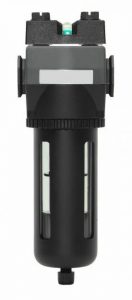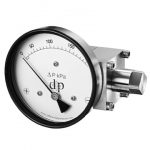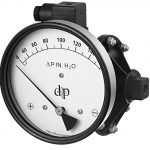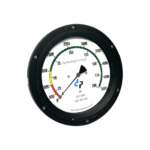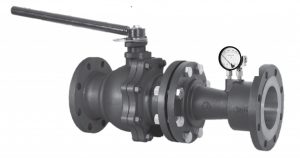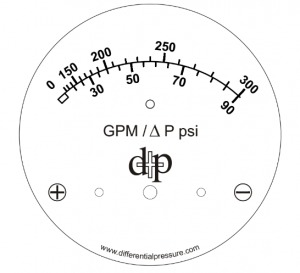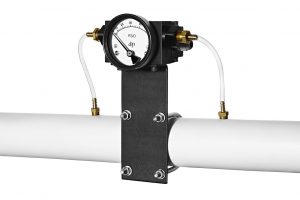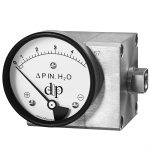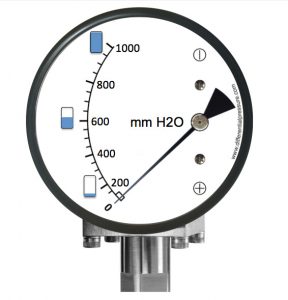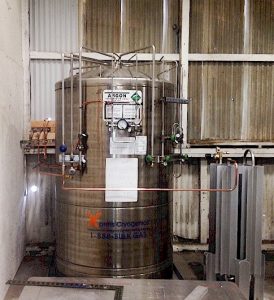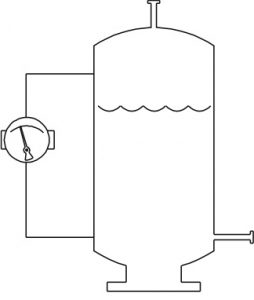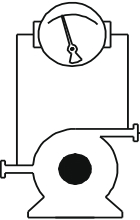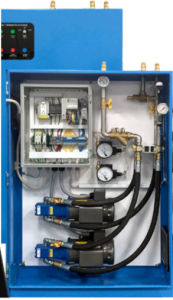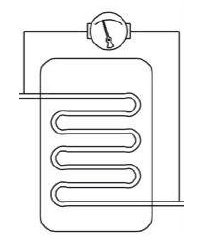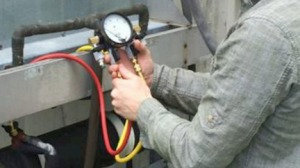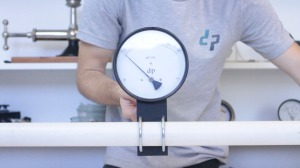Differential Pressure Gauge Applications - Differential Pressure Plus
Differential Pressure Plus manufacturers differential pressure gauges for monitoring filter status, liquid level, flow rate measurement in venturis, and much more.
differential, pressure, gauge, filter, status, midwest instrument, orange research, wika, ashcroft, delta, manometer, venturi, liquid level, measurement, dpp, plus, 200DPG, DPP975, filtershield
2453
page-template-default,page,page-id-2453,theme-bridge,woocommerce-no-js,,qode-title-hidden,qode_grid_1300,qode-content-sidebar-responsive,columns-3,qode-theme-ver-10.0,wpb-js-composer js-comp-ver-4.12,vc_responsive,elementor-default,elementor-kit-17720
Differential Pressure Gauges and their Applications in Manufacturing
Differential pressure gauges are probably some of the most underutilized and misunderstood products in manufacturing. As a result of a near complete lack of mention from engineering eduction, we see engineers constantly using two standard pressure gauges, when they could just use one differential pressure gauge. From applications involving filtration system, measuring flow rates using the Bernoulli Principle, displaying liquid levels in cryogenic tanks, detecting leaks in systems, and so much more, these capable instruments should be part of every engineer’s toolbox. Because of this, we have put this page together to overview some of the applications of these gauges. Most of all, we hope this provides you with a good starting point when designing your systems.
What is a Differential Pressure Gauge?
Simply put, a differential pressure gauge measures the difference in pressure between two connections. As a result, let’s imagine an application where you have a tank at 100 psi and another at 95 psi. If you connect a differential pressure gauge between those two tanks, you will read 5 psi.
There are a few different gauge designs to achieve this, but Differential Pressure Plus manufacturers a design known as a “Magnetic Coupling.” Each gauge has a magnetic piston that moves back and forth like a sea-saw depending on the differential pressure. As a result, the linear movement of this magnetic piston pushes and pulls on a rotary magnet that connects to the pointer. This “magnetic rack and pinion” provide the readout.
Monitoring Filter Status using a Differential Pressure Gauge
As filter cartridges get clogged, the differential pressure between the inlet and outlet increases due to the buildup of contaminants in the filter mesh. Because of this, operators can measure a differential pressure drop across a filter and can get a visual indication about how dirty their filter systems are. As a result, using a differential pressure gauges for a filter application can:
- Help operators prevent damage to their system because they stay informed of filter status.
- Prevent legal issues between filter manufacturers and customers who over exert the life of their filters and misuse the systems
- Increase filter cartridge sales by 20-30% by helping customers stay informed of the filter’s status
- Help distinguish your filter from the 1,000’s of competitors out there
Suggested Products for this Application
Filter Cart Status Monitor
Large Filter Vessel Monitor
Direct Filter Head Connection
Flow Rate Measurement using a Differential Pressure Gauge
The Bernoulli Principle states that an increase in the speed of a fluid occurs simultaneously with a decrease in pressure or a decrease in the fluid’s potential energy. As a result, devices known as venturis have been used for years to measure flow rates by detecting this change in pressure. Consequently, and operator can connect the high pressure side of differential pressure gauge to the larger diameter and can connect the low pressure side of the differential pressure gauge to the smaller diameter, a flow rate can be measured. Furthermore, using a differential pressure gauge in flow rate applications can:
- Provide direct feedback of flow rate
- Be the most robust solution that lasts for years and far outperform electronic alternatives
Suggested Products for this Application
Direct Mounting into Venturi
Customized Dial for Clear Feedback
Comparing the High to Low on Pipe
Measuring Liquid using a Differential Pressure Gauge
Standard pressure gauges can not be used to measure liquid level in a cryogenic tank because of a number of issues. Most importantly, is the fact that the tanks are pressurized (often upwards of 500psi) and standard pressure gauge mounted at the bottom would measure the liquid level plus the tank pressure. Consequently, a differential pressure gauge must be used by connecting the high side to the bottom of the tank and the low side to the top of the tank. As a result, tanks measuring liquid oxygen, nitrogen, argon, and much more can have a cost effective solution to getting an inside look at their liquid levels. These applications of differential pressure gauges for cryogenic liquid level can:
- Provide direct feedback of liquid level in pressurized tank
- Far more cost effective than ultrasonic, electronic transmitters, and other complex liquid level measurement instruments.
- Provides added value to microbulk storage tanks
Suggested Products for this Application
Customized Dial for Clear Feedback
Cryogenic Micro Bulk Tank
Comparing the High to Low on Tank
Detecting Scale Buildup using a Differential Pressure Gauge
Differential pressure gauges are great at monitoring scale buildup in pipes and pumps. By comparing an inlet and outlet of your system, the gauge can detect excessive pressure loss that could be resulting from deposit buildup. Furthermore, a differential pressure gauge can be placed across a pump to ensure that the pump is putting out the proper change in pressure from inlet to outlet. As a result, operators can get vital diagnosis data by monitoring this increase or decrease in differential pressure. Using a differential pressure gauge in scale buildup applications can:
- Provide direct feedback of scale buildup to help isolate issues
- Simple and extremely effect tool for your maintenance team
- Inexpensive, robust design
Suggested Products for this Application
Measure Pressure Changes on Pumps
Protect Systems and get Feedback
Measure Scale Buildup in Systems
Detecting Leaks using a Differential Pressure Gauge
Probably one of the least understood applications of differential pressure gauges involves detecting leaks in a system. By comparing a reference vessel to a potentially leaking vessel, a differential pressure can be measured and leak detected. As a result, a great deal of time is saved and the results are far more accurate than waiting hours for a drop on a standard pressure gauge. Due to the fact that differential pressure gauges can measure down to 0.1″ H2O accurately, you will be waiting far less! Furthermore, differential pressure gauges in leak detection applications can be:
- Simple and inexpensive (starting around $50)
Suggested Products for this Application
Measure Pressure Drops with Portable Kits
Protect Systems and get Feedback
Helpful Videos on Differential Pressure Gauge Features
Filter Application Using Color Band : VIEW HERE
Different Methods for Mounting Differential Pressure Gauges: VIEW HERE
Electrical Switches and Differential Pressure Gauges: VIEW HERE
Deriving the Bernoulli Principle: VIEW HERE

